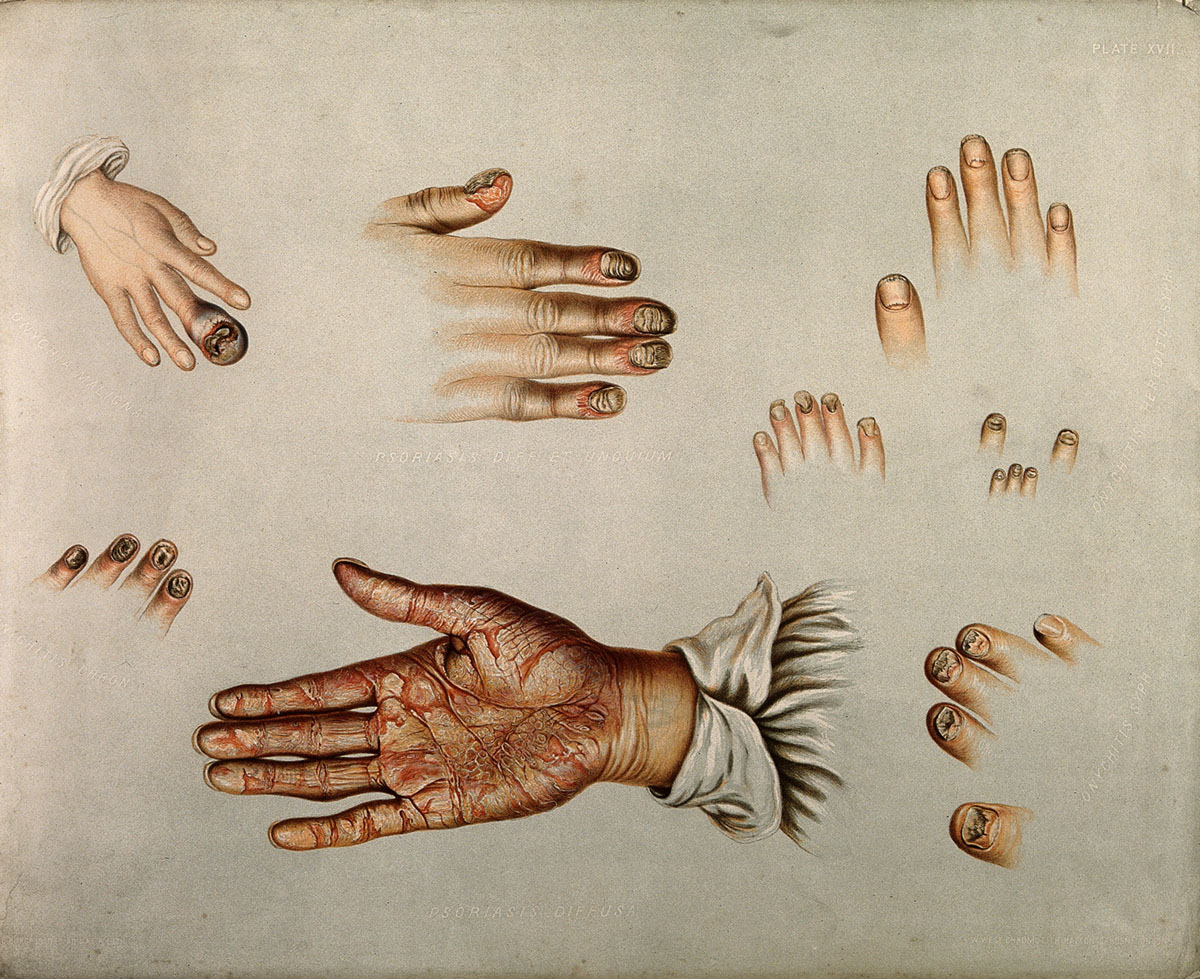
Fungal nail infections are one of the most common causes of nail problems. About 50 percent of the cases of thickened, discolored nails are caused by fungus, and this condition is called onychomycosis or tinea unguium.
About fungal nail infections
There are four types of fungal nail infections, each one affecting a different part of the nail. The most common one is hyponychium and it involves the end of the nail. At early stages the nail first separates itself from the nail bed. The end of the nail then changes its color, becomes yellow or white as keratin debris accumulate underneath the nail, causing further separation. The nail becomes brittle and it crumbles easily.
Fungal nail infections are more often on toenails. Risk factors for developing fungal toenail infections include tight and unclean footwear, injury, use of communal showers and facilities and certain diseases that impair the immune system.
How to prevent fungal nail infections
When fungus affects the nail, it may be difficult to treat the infection, because of the specific structure of nails. This condition is not dangerous but it is persistent and treatment can take a while to start working. Since topical anti-fungal ointments cannot penetrate the nail plate and reach the nail bed, where the infection is located, it is often necessary to take oral medications that come with a range of possible side effects, from skin rash to liver damage.
Even after the nail is cured, the infection can easily reoccur, which is why it is better to try to prevent it from occurring in the first place.
In order to prevent fungal nail infections, it is highly recommended to pay attention to the footwear. Socks should be made of pure cotton, which allows the foot to breathe, and shoes should be well ventilated and comfortable enough.
It is best to trim the nails as short as possible. Feet and toes should always be clean and dry. After bathing or showering it is very important to dry the feet thoroughly with a clean towel, especially the spaces between the toes.
Since fungi dwell in wet and warm environment, it is not recommended to go barefoot in public showers and shallow swimming pools.
As for the fingernails, they should be protected with gloves from extensive moisture and kept dry at all times.
Fungal infections are often passed in manicure and pedicure salons that do not sterilize the equipment. It is recommended to only visit the trusted ones that are known for good sanitary and hygienic standards.



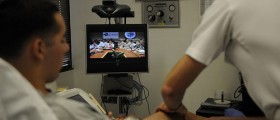
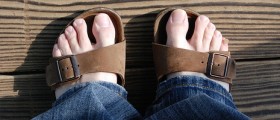

_f_280x120.jpg)

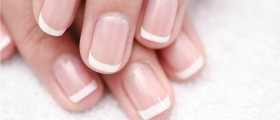
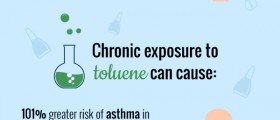

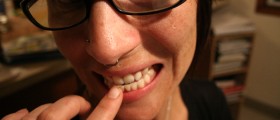



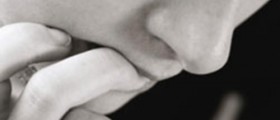

Your thoughts on this
Loading...